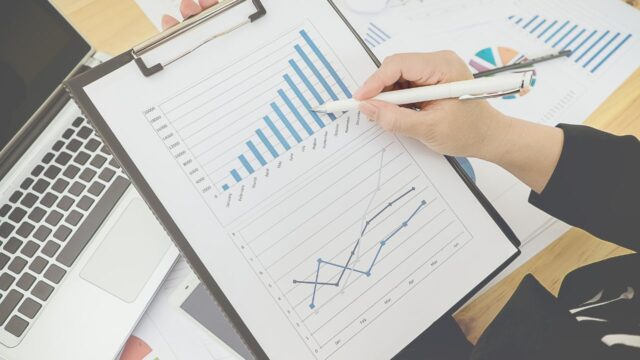
This accounting principle can be explained by the construction of a new factory. The capitalized cost of the building asset can be added to its carrying value on the balance sheet. The cost of capitalizing an asset is identified in prospective time periods. For example, a company may want to capitalize the costs of a new machine in the production process, which will be added to its carrying value on the balance sheet. This type of cost is identified in the future, as it is an investment in a product or service.
Capitalization
Capitalization of costs is a basic accounting principle that helps a company measure profit over a longer period of time. Unlike cash-based accounting, where costs are expensed in the period they are incurred, capitalizing costs helps companies calculate profits over a longer period of time. In practice, this can create uninformative financial statements. Let’s look at some common examples of capital expenditures. For example, Liam’s company may purchase a machine. He will record the machine on the balance sheet as an asset.
While depreciation and amortization are expenses incurred directly for assets, capitalization costs are spread out over many years. Capitalization is a financial accounting principle that allows companies to better understand the cost of assets, as they are not expensed directly in the period they are incurred. Most companies set a threshold amount before capitalizing a cost. This threshold is typically determined by the type of asset and the company’s intended use.
Advantages and Disadvantages of capitalizing costs
The advantages of capitalizing costs include smoothing out high dollar items over multiple periods, which prevents large jumps in expense. This method can also result in a higher tax bill than reporting them as expenses. Disadvantages of capitalizing costs include misrepresenting profit margins and making the financial statement look uninformative. However, the advantages outweigh these disadvantages. While capitalizing costs may be better for some companies than others, it has its drawbacks.
Typically, capitalization of interest is required only when the balance between revenue and expenses is favorable. This is most likely with discrete projects that require substantial expenditures. A discrete project involving the construction of a physical asset will almost always involve a large interest cost. However, this balance is unlikely to be favorable for inventory items routinely produced and manufactured in large volumes. Listed below are some advantages and disadvantages of capitalizing costs.
Assets that can be capitalized
In general, equipment or software purchased for more than $5,000 can be capitalized. The cost of the item itself is included in the capitalization cost, as is the cost of freight or installation and set-up. Other costs associated with a capitalized asset are not included, such as labor, because they are considered supplies. In addition, the life of a capitalized asset does not exceed that of its revenue stream. But there are some exceptions.
Some companies can capitalize their costs, such as interest on borrowing funds. Other costs may be capitalized as well, including labor, sales taxes, materials, and maintenance. Similarly, intellectual property purchased or registered by a company can be capitalized. For some types of intangible assets, capitalization may be the best option. In addition to a business’s fixed assets, it may make sense to capitalize expenses that can be spread over time.
Accounting treatment of capitalized costs
The cost to put a long-term asset into service is capitalized and written off as an expense over the economic life of the asset. For example, Liam’s start-up business plans to buy a silk-screening machine that will be used in the company’s daily operations for many years. Accounting principles require that the cost of the machine be allocated over its useful life, or the period over which it will produce revenue.
However, capitalizing costs can result in higher reported profit, higher taxes, and lower cash flow than expenses. Companies must carefully consider the tax implications of their decision when determining which costs should be capitalized and which should be expensed. Capitalising costs may be better for some companies than others. However, capitalising or expensing can greatly affect the company’s profits. If you choose to capitalise your costs, you can then classify those assets as cash flow from investments.


































